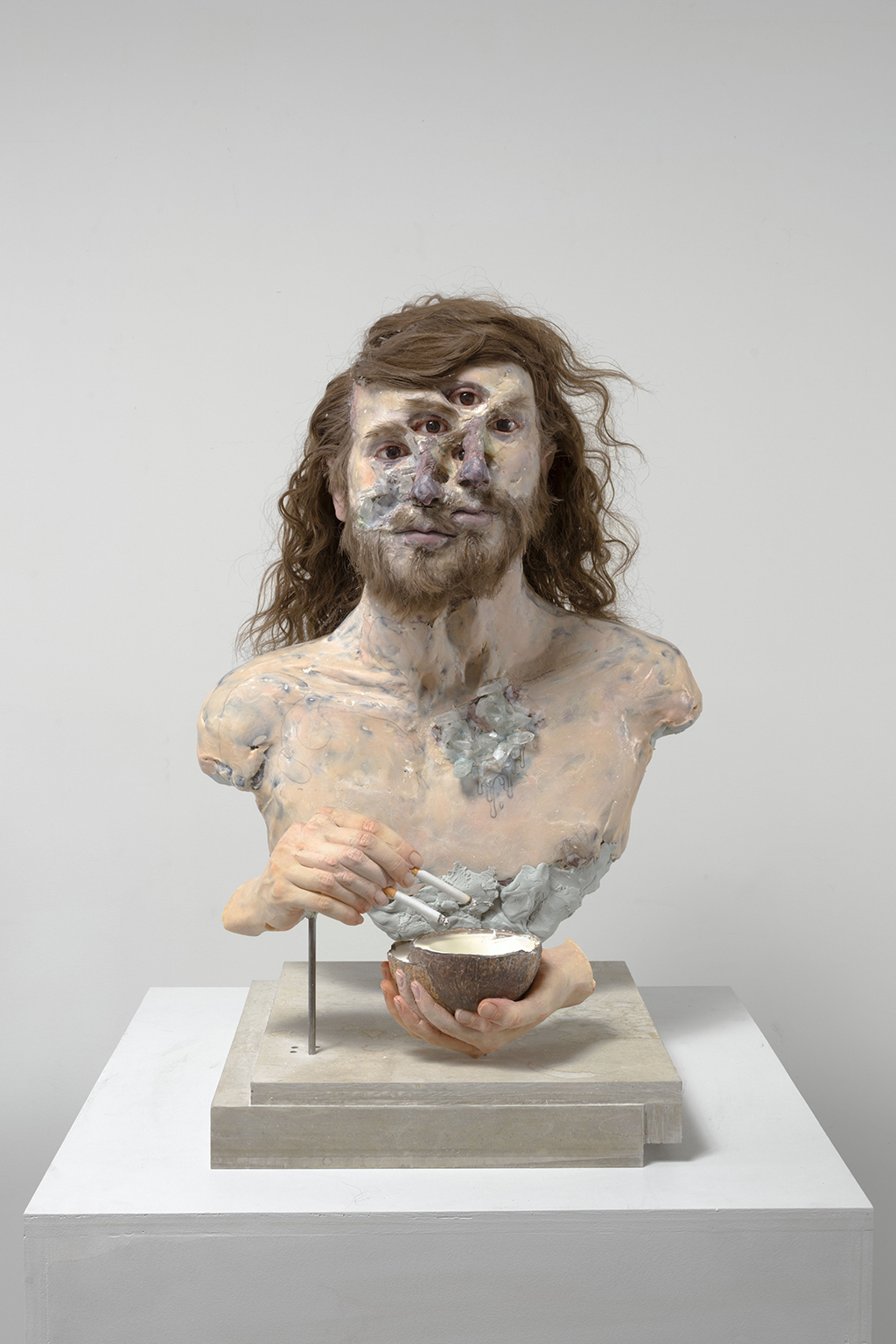
Deborah Simon, a Virginia-born, New York-based artist, creates sculptures that explore “the reality of the animal and the vulnerability imbued in toy.” Though her sculptures appear to be taxidermy, series like “Flayed Animals” are made entirely from hand. She uses materials like polymer clay, faux fur, acrylic paint, wire, foam, glass, and embroidery materials to create these animals, mostly focusing on bears.





“My work walks the line between taxidermy, toy and sculpture,” the artist says, in a statement. “Each sculpture is meticulously fabricated to create an unnervingly accurate but slightly off version of the natural animal. Evolution has always held a particular fascination for me, informing how I create and group the animals in my work. As I’ve read and dug through museum collections to research my pieces, western science’s mania for labeling, codifying and collecting has stood out.”



The bear has become a focus of this series due to it being an iconic toy, in the form of the teddy bear. Simon reflects on inconsistent humans are with animals, in which are loved and hated, killed without care and idolized. In her works, the tension arises with how the artist combines the child-friendly aesthetic and the interior of the animal, the familiar and the unsettling.
‘




 Swedish artist
Swedish artist 

